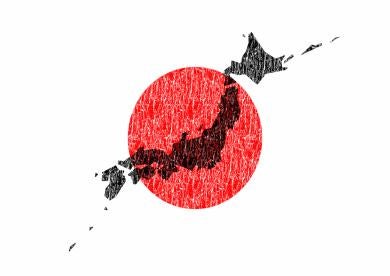On April 28, 2020, Japan's Ministry of Health, Labour and Welfare (MHLW) published a notice (Notification No. 196 of 2020), officially requiring approval of substances used in "synthetic resins" for food-contact articles. This Notification was accompanied by the long-awaited final version of its Positive List (PL) of substances used to produce food-contact utensils, containers, and packaging (UCP). [1]
The PL System is scheduled to take effect on June 1, 2020. However, the Japanese authorities have provided a 5-year grace period, which will effectively allow industry until May 31, 2025, to fully comply with the new PL System.
Structure
The final version of the PL includes the lists of permitted substances shown below.
-
Table 1(1) - Base Polymers (Plastics)
-
Table 1(2) - Base Polymers (Coatings, etc.)
-
Table 1(3) - Minor Monomers
-
Table 2 - Additives, Coating Agents, etc.
The structure of these lists has remained consistent with prior drafts of the PL System that have been released by MHLW since last year. [2] Unlike prior versions, however, the final PL does not contain English chemical names or CAS Registry Numbers. Rather, for each substance, the PL provides the Japanese chemical name, the permitted food types, maximum use temperature, relevant resin group, and other applicable restrictions. [3]
Notably, MHLW has assigned each base polymer to one of seven "resin groups," and the scope of additive clearances have been defined in relation to these groups. For example, polyethylene terephthalate (PET) polymers are classified into Resin Group 3, meaning that additives permitted in that resin group may be added to PET polymers subject to other applicable limitations.
Ongoing Review
In addition to the substances included in the "final" PL, the Ministry has released an updated list of substances under continued evaluation.[4] These substances, which were nominated for inclusion on the list by companies which use or manufacture them, may be added to the list when next revised, which is expected in March 2021. In the meantime, MHLW may approach the nominating company to confirm/support the content of their submission (e.g., substance identity, intended uses, restrictions, etc.). Likewise, industry may continue to nominate additional substances for listing, which will be reviewed in order of receipt.[5]
Functional Barrier
Pursuant to the Food Sanitation Act (as amended), unlisted substances not used in direct contact with food may still be permitted if they do not migrate to food in a quantity exceeding a level determined by MHLW as unlikely to be harmful to human health.[6] MHLW Notification No. 195 sets this quantity at a threshold of 0.01 mg/kg in food provided that the substance is not genotoxic based on available information or the results of genotoxicity testing.[7]
Accordingly, substances that are not listed in the PL may nonetheless be used in food packaging applications if they do not directly contact food, migration does not exceed 0.01 mg/kg (i.e., 10 ppb), and they are not genotoxic. Thus, while the functional barrier concept may offer some flexibility to the use of uncleared substances, its application must be carefully assessed on a case-by-case basis.
The swift compilation and finalization of the PL System for "synthetic resins" represents an impressive achievement by the Japanese regulators. Some questions remain, including the fate of chemicals included on the list of substances under continued evaluation. Also, Japan's formal submission procedures for new substances have yet to be released but are expected in the coming months. We will continue to monitor the progress and provide timely updates. In the meantime, when industry begins transitioning to the new PL System, questions will emerge as many details of its implementation will require a comprehensive understanding of the PL System.





 i
i

